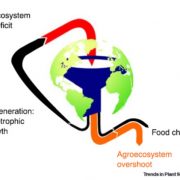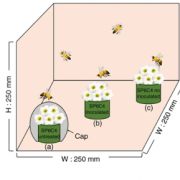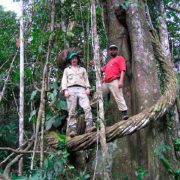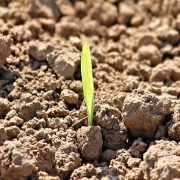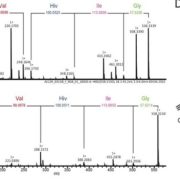Old reserves and ancient buds fuel regrowth of coast redwood after catastrophic fire
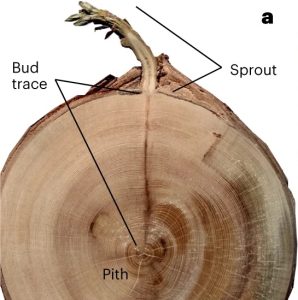 In recent years we have witnessed catastrophic fires throughout the world, including the redwood forests of California. Although these huge ancient trees are fire resistant, many have died due to the extreme heat generated by these recent fires. Here, Peltier et al. examined patterns of regrowth from burned trees. In a series of elegant studies, they revealed the remarkable resilience of these treasures of the plant kingdom. First, using carbon dating, they examined the age of the carbohydrate incorporated into the regenerating tissues, and found that some had been stored in the trees for decades. Second, they looked at the bud sources for regenerating shoots. By tracing the journey of the bud outgrowth through the tree rings, they were able to demonstrate that some of the buds were formed hundreds of years ago and lay dormant until activated. These results show the remarkable ability of these long-lived trees to survive, raising hope that they’ll persist after the end of the Anthropocene. However, it’s not a sure thing. As the authors observe, as these superannuated life-giving reservoirs are depleted, what will happen after the next catastrophic fire? (Summary by Mary Williams @PlantTeaching) Nature Plants 10.1038/s41477-023-01581-z
In recent years we have witnessed catastrophic fires throughout the world, including the redwood forests of California. Although these huge ancient trees are fire resistant, many have died due to the extreme heat generated by these recent fires. Here, Peltier et al. examined patterns of regrowth from burned trees. In a series of elegant studies, they revealed the remarkable resilience of these treasures of the plant kingdom. First, using carbon dating, they examined the age of the carbohydrate incorporated into the regenerating tissues, and found that some had been stored in the trees for decades. Second, they looked at the bud sources for regenerating shoots. By tracing the journey of the bud outgrowth through the tree rings, they were able to demonstrate that some of the buds were formed hundreds of years ago and lay dormant until activated. These results show the remarkable ability of these long-lived trees to survive, raising hope that they’ll persist after the end of the Anthropocene. However, it’s not a sure thing. As the authors observe, as these superannuated life-giving reservoirs are depleted, what will happen after the next catastrophic fire? (Summary by Mary Williams @PlantTeaching) Nature Plants 10.1038/s41477-023-01581-z


